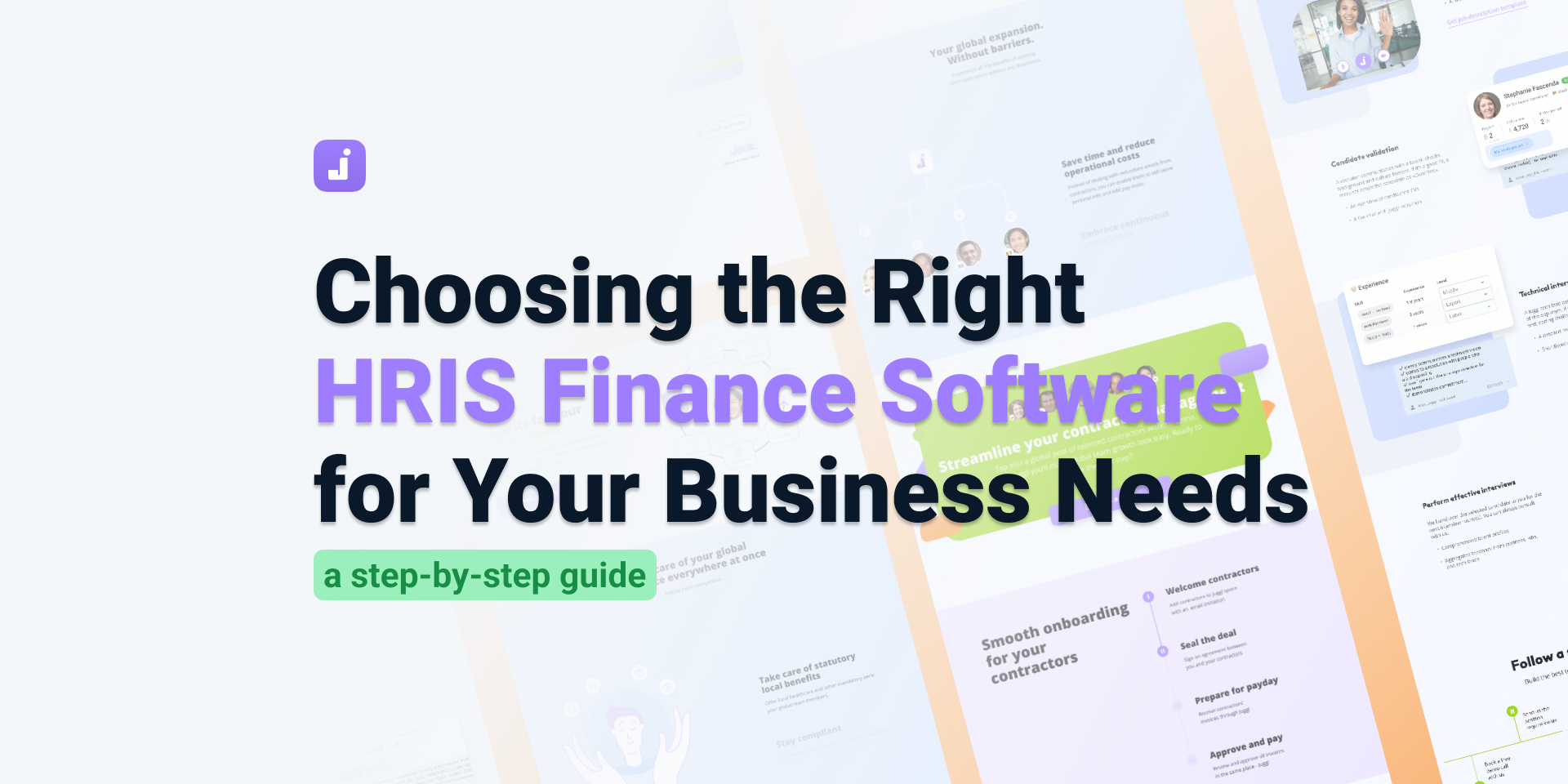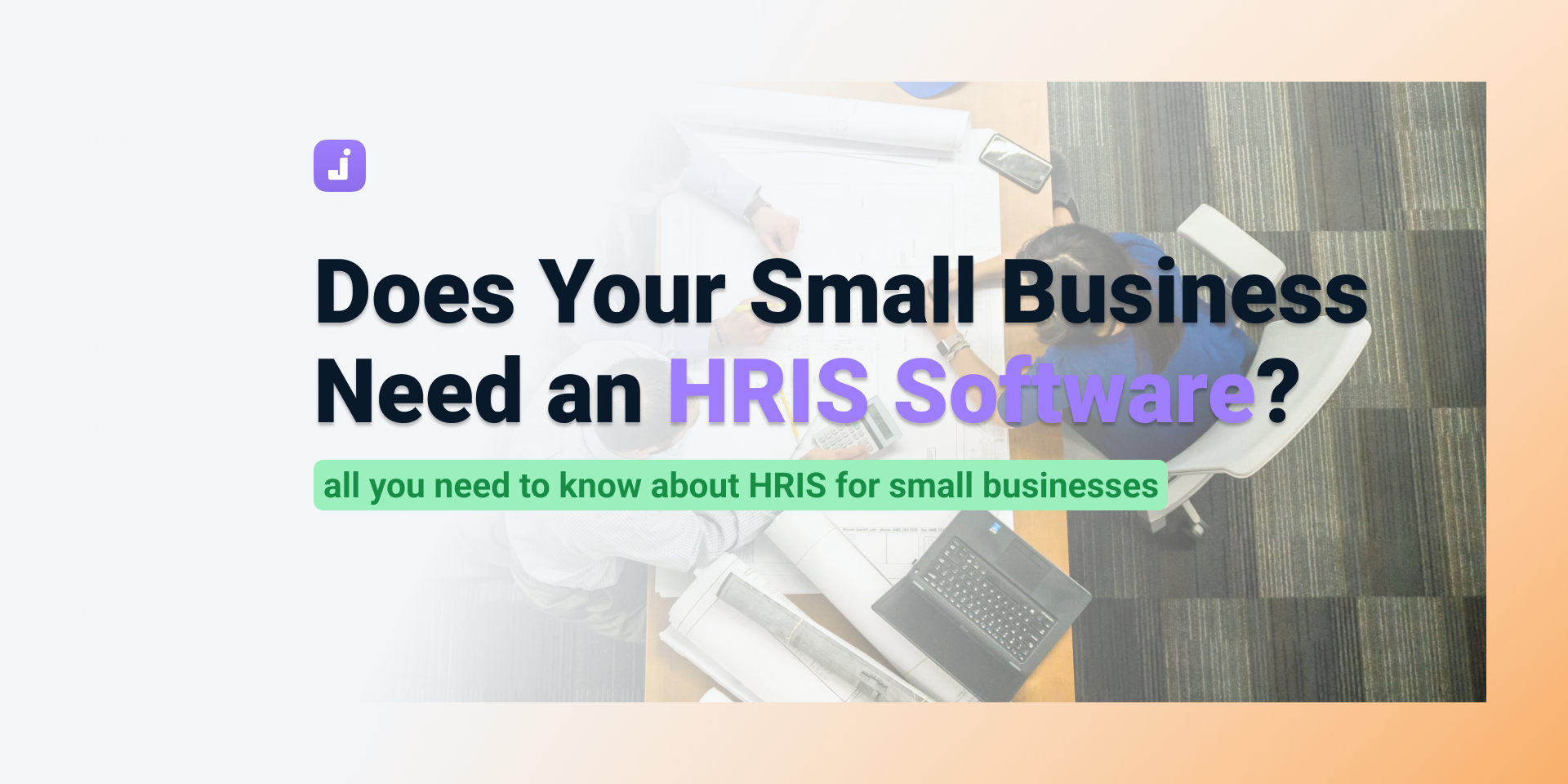4 Tools that You Need to Streamline HR Operations in 2025
HR in 2025 moves fast. Teams are scaling across borders, AI is reshaping workflows, and Finance wants cleaner, real-time data from People ops. The pressure is on to run HR operations that are lean and connected, with actionable insights accessible at every step. The good news is, technology never ceases to evolve and the market is catching up, offering the best HR tools and software. From integrated HRIS platforms to self-service portals and AI-powered analytics, modern software can automate the busywork and let HR focus on strategy instead of manual grind. Here’s a look at four tools that can transform how you manage people, payroll, and performance this year.
What is HR Operations – the Modern Definition
HR operations is the backbone of how an organization runs its people systems day to day. It covers everything that keeps the employee experience consistent and compliant – payroll, benefits administration, onboarding, offboarding, and record management. It’s also where data meets accountability: HR operations ensures every process is tracked, documented, and aligned with labor laws, tax rules, and internal policies.
But HR operations isn’t the same as people operations. While people ops focuses on engagement, culture, and long-term talent strategy, HR ops is about execution and infrastructure. That is the systems, workflows, and compliance guardrails that make people strategy possible. Think of HR operations as the engine room that powers all of HR and operations: it keeps payroll accurate, benefits accessible, and workforce data flowing seamlessly across departments, including finance and leadership.
Why Streamlining HR & People Operations Matters in 2025
Streamlining HR and people operations in 2025 is about more than just efficiency. Remote and hybrid work have pushed HR systems to their limits, exposing gaps in processes built for office-based teams. At the same time, new labor laws and data privacy regulations demand airtight compliance and real-time reporting. Finance teams are also watching HR metrics more closely than ever, linking headcount and payroll data directly to forecasting and profitability. And then there’s AI reshaping how we hire, onboard, and manage people. The more automated and integrated your HR operations are, the easier it becomes to adapt to these shifts, cut manual errors, and give decision-makers the clean, connected data they need to move faster. And the right tools, especially HR are exactly what can help you shine in your line of work.
Tool 1. HRIS with Benefits Management
A modern HRIS (Human Resources Information System) is the foundation of efficient HR operations. It’s the system that centralizes employee data, automates payroll, manages benefits, and connects HR directly with finance. When you choose HR software with benefits management built in, you eliminate duplicate data entry, reduce errors, and give both HR and finance teams a single, reliable source of truth.
Key features to look for
A strong HRIS should handle benefits administration. Payroll sync is another must-have – this ensures that deductions, reimbursements, and tax calculations flow automatically from one platform to another. Add real-time dashboards and compliance tools, and you’ve got a system that not only keeps operations smooth but also audit-ready.
How HRIS ties to finance
The right system bridges HR and finance through shared data and transparent workflows. Payroll connects directly to budgeting and forecasting tools, allowing finance teams to plan with up-to-date headcount and cost data. Audit trails, automated reports, and approval hierarchies also make compliance checks faster and cleaner. In 2025, the line between HRIS and finance systems is blurring, so an integrated setup means fewer surprises and more confident decision-making.
Imagine a 300-person company switching from spreadsheets to an HRIS with automated benefits management. Overnight, HR spends less time chasing forms, finance gains visibility into labor costs, and employees finally have a clean, digital experience for everything from PTO to healthcare. That’s the kind of upgrade that turns HR operations into a real strategic asset.
Tool 2. Employee Self-Service
Employee Self-Service (ESS) platforms give team members direct access to their own HR information like pay slips, tax forms, benefits, time-off requests, and more – all without having to email HR for every small update. It’s one of the simplest yet most effective ways to streamline HR operations because it shifts routine administrative work from HR to the employees themselves. In 2025, when teams are spread across locations and time zones, ESS is essential for keeping operations lean and responsive.
How Self-Service Streamlines HR Operations
With a well-designed ESS portal, employees can manage their data in real time, reducing errors and freeing HR teams from manual data entry. Integrations with HRIS and payroll systems ensure that any change automatically syncs across the organization. This not only speeds up processes but also strengthens data accuracy for compliance and reporting.
ESS also improves the employee experience. Instead of waiting days for HR responses, workers can view balances, submit requests, and track approvals on their own. For HR and operations leaders, that means fewer interruptions, clearer workflows, and more time to focus on people strategy instead of paperwork. In short, employee self-service turns HR operations from a reactive help desk into a proactive, digital-first ecosystem where information flows easily and everyone saves time.
Tool 3. HR Reporting & Analytics Software
Modern HR reporting software transforms raw people data into decisions that drive performance. For HR operations teams, it’s the difference between reacting to issues and predicting them. By pulling data from your HRIS, payroll, and ATS, reporting tools provide real-time visibility into the entire employee lifecycle—from hiring and retention to benefits spending and compliance. The result: fewer blind spots and faster, evidence-based decisions.
Must-have reports & KPIs
An effective HR reporting platform should deliver dashboards that track the metrics that matter most. Key reports include:
- turnover rate
- time-to-hire
- cost-per-hire
- absenteeism
- benefit utilization
Finance-aligned insights like total labor cost, overtime trends, or headcount forecasting help bridge the gap between HR and finance, giving both sides a unified view of workforce spending. Advanced tools even offer predictive analytics to flag potential turnover risks or model the cost impact of hiring changes.
HR reporting software should have a tight connection with payroll and finance software, pushing accurate data where it’s needed most. That connection means HR operations can spot inefficiencies faster, HR managers can defend budgets with data, and executives can plan with confidence. This way, strong reporting turns HR from an administrative function into a strategic driver backed by clean and credible data.
Tool 4. AI HR Software with Finance Integration
AI HR software has moved from experimental to essential. In 2025, it’s helping HR operations automate repetitive tasks, uncover workforce insights, and connect people data with finance for smarter decision-making. The goal isn’t to replace humans but to scale what HR already does best: onboarding the right people, managing them efficiently, and planning strategically.
AI tools now handle everything from resume screening and interview scheduling to engagement analysis and payroll forecasting. When integrated with finance systems, they can predict hiring costs, model headcount scenarios, and even flag potential budget overruns before they happen. For people operations teams, that means less guesswork and more precision. You get faster insights, cleaner data, and the ability to align talent strategy with financial reality in real time.
Ethics / Bias & Governance
With great automation comes great responsibility. Every AI-driven HR system should follow clear governance principles:
- Transparency. Make sure AI decisions are explainable and auditable.
- Bias testing. Regularly evaluate algorithms to detect and correct gender, age, or racial bias.
- Data privacy. Protect employee data under GDPR, CCPA, and local compliance laws.
- Human oversight. Keep humans in the loop for all hiring, promotion, or pay-related decisions.
Used responsibly, AI HR software can elevate HR operations from reactive to predictive. It gives HR and finance leaders shared, data-backed visibility into workforce planning without losing the human judgment that defines good leadership.
How Juggl Helps Streamline HR Operations
Juggl is a next-generation HRIS built to simplify and supercharge HR operations. Designed for modern teams, it brings every core HR function – payroll, benefits, employee info, timesheets, and reporting – into one clean, connected platform. Instead of juggling multiple systems (and spreadsheets), Juggl gives HR, finance, and people operations a shared workspace where data flows automatically, compliance checks run in the background, and every process feels effortless.
Juggl’s benefits management module makes internal processes truly seamless. Employees can handle updates through self-service portals, while HR teams monitor real-time changes and approvals without manual intervention. On the finance side, Juggl integrates directly with accounting systems to sync payroll data and support audit-ready reporting without extra exports or uploads.
Powered by smart automation and a modern interface, Juggl reduces administrative load while improving accuracy and compliance. Whether your organization is growing fast or optimizing existing operations, Juggl can act as the central nervous system of your HR, keeping everything connected, transparent, and under control. Get a free demo call with us to see if we're the right fit for you.




.png)




